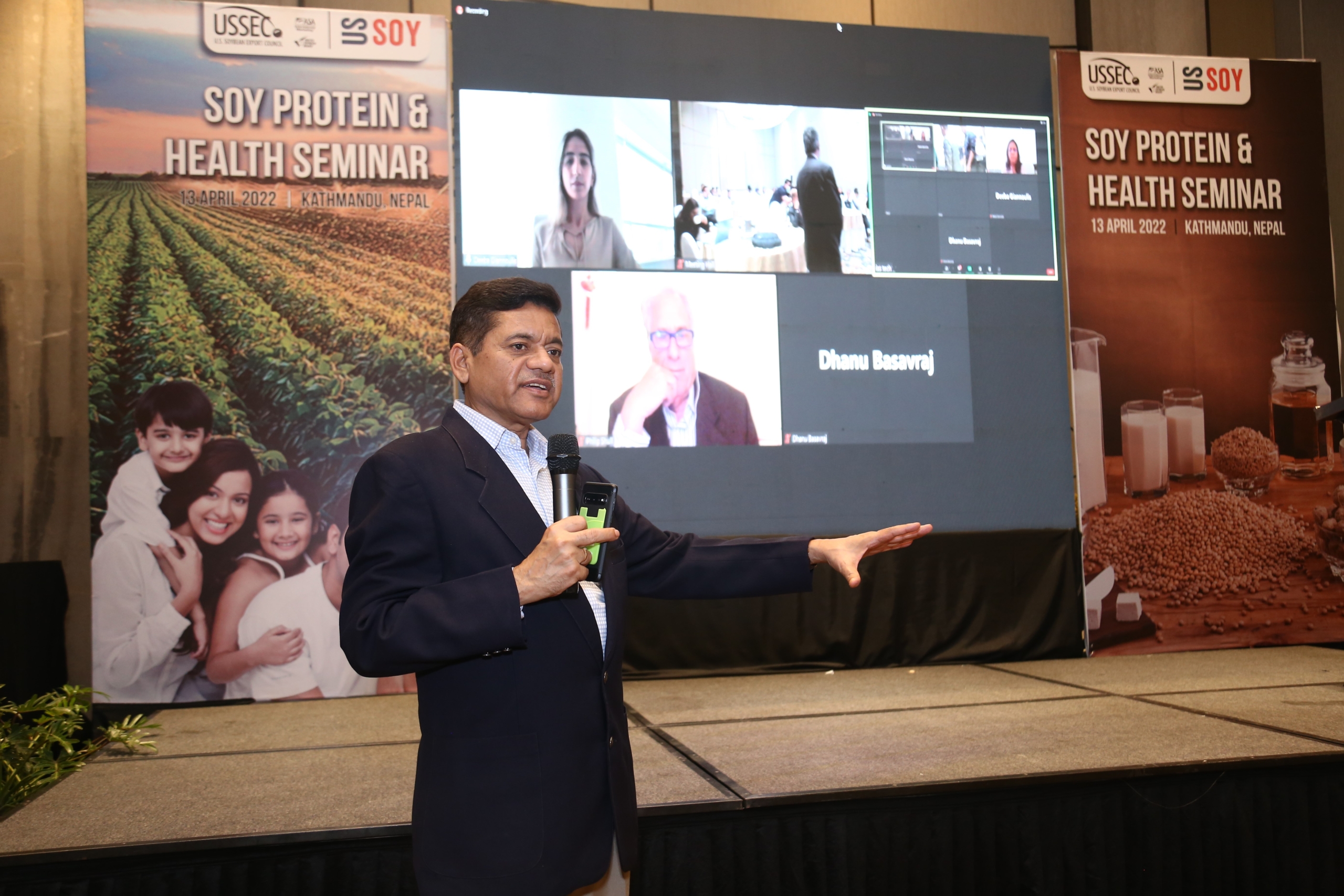This monthly feature from SSGA’s Agronomy Action Team highlights growing conditions for Identity Preserved crops from different regions around the country. Thanks to the states/regions that contributed this month. If you would like to contribute, please get in touch with David Kee or Shane Frederick. You should also follow David Kee on Twitter for some of the latest, most-interesting information on agronomy and research that affect IP and other farmers.
Illinois
The USDA puts the crop at 36% good to excellent, a 6% improvement over the last report, but still 25% behind the five-year average.
Most of Illinois has seen significant relief from the dry conditions beginning the last few days of June. That rain did come with some substantial winds and storms and has done significant crop damage in several areas throughout the state. Soybeans obviously fared much better than corn, but some localized hail events were hard on some soybean fields. We will need continued rains over the next 6-8 weeks to finish the soybean crop, but there is still a chance for a very good crop.
Most of the earliest planted fields did hit the reproductive stages by June 21, which is the goal to capture maximum sunlight/yield potential. In a few areas it has already started, but fungicide applications will get going pretty heavily by the middle of next week and follow the maturity for the next month. We will plant soybeans for four months somewhere in the state. The double-crop beans after wheat finished up last week in the south-central part of the state.
Late July and August rains are critical for the success of the Illinos soybean crop. The forecast for the next 10 days holds significant chances of rain across the state, so it looks like we will make it through most of July. … August will be the wildcard.
– Scott A. Eversgerd, Field Agronomist – Southern Illinois, Pioneer Hi-Bred Int’l
Michigan
The soybean crop in Michigan has gotten some relief from the very dry conditions in June in sporadic rainfall in early July. Nearly all of the rainfall events have been scattered with some areas receiving adequate amounts, while others are left needing more. Whatever the amount, farmers are thankful for the improvement in their crops. The most recent USDA crop progress report indicated that 62% of the state has adequate to surplus moisture in the topsoil. This has resulted in 31% of the soybean crop rated as good to excellent.
The most-advanced soybean crop growth stage is R2 with many fields just beginning to flower at R1. Some fields with limited soil moisture at planting have plants that are at R1 while other skips in the crop stand are filling in with unifoliate plants that have emerged with the recent rainfall. Variable maturity at harvest is likely in many fields.
Many growers are relieved that their crop stress has been relieved with rainfall but are still concerned as soil moisture is temporary with the increased crop size and water needs. “Cautiously optimistic” may describe much grower sentiment at this time.
– Mark Seamon, Research Director, Michigan Soybean Committee
Minnesota
Minnesota is dry! According to the July 6 drought monitor report, 98% of the state is in abnormally dry (D0) to severe (D2) drought status. In the July 3 Minnesota crop progress report, topsoil moisture supplies were rated 46% short to very short, 51% adequate and 3% surplus. Subsoil moisture supplies were rated 50% very short to short, 46% adequate, and 4% surplus.
Most of the annual crops are now in the reproductive growth stages, the period of maximum evapotranspiration and sensitivity to drought damage (seed set and seed fill). Small grain crop yields have already been impacted in northwest Minnesota. Much of June saw drought, excessive heat (>95oF), and smoke from Canadian wildfires that impacted small grain canopy height and will impact seed set and seed fill.
As soybean and corn are currently in early reproductive stages, timely rains could still provide moisture needed for decent yields. Consequently, yield for these crops is predicted to be highly variable due to summer precipitation patterns (scattered thundershowers across the landscape).
Disease and insect pressure have been manageable to date. Weed control programs have been largely effective to date. Residual herbicide activity was impacted by the drought, and control for most of the pre-emergent programs have lapsed. The lack of canopy closure over much of the soybeans is worrisome; crop yield will be dependent on the success of post-emergent weed control program.
The current recommendation is to scout, scout then scout some more. These, and other, concerns will make July and August two very long months.
– David Kee, Director of Research, Minnesota Soybean Research and Promotion Council
Missouri
It has been dry around Missouri. We are averaging about six workdays per week as given to us by the USDA’s survey. In recent days we have seen some rain and are looking into the forecast seeing that we have good chances this week with higher humidity and temperatures coming in the next 3-5 days.
Missouri’s corn crop is 52% silking with about 3% at dough, and 23% of the crop is rated as good. The soybean crop across the state has 37% blooming with 6% setting pods, and about 23% is rated as good. The state’s cotton crop is moving through the dry season, as expected, very well, and about 76% of the crop is squaring with 6% of the crop setting bolls. The cotton crop in southeast Missouri is thriving with 67% of the crop rated as good. The rice crop in southeast Missouri is also progressing, and it is showing about 22% of the crop as headed with 64% of the crop rated as good. Our winter wheat crop is almost harvested for the season, and we are seeing our pasture and range land taking a big hit with the minimal amounts of rain we have had. Only 4% of the state’s range and pastureland are rated as good.
We are needing rain across the entire state, and we have high hopes for the predicted rain to come to fruition this week.
– Eric Oseland, Director of Agronomy and Research, Missouri Soybeans
North Dakota
North Dakota experienced hot and dry growing conditions in early June with scattered and patchy rains. Last week’s average daily air temperatures trended normal or below normal according to records from NDAWN stations. The northeast region remains dry with little, or no rain received last week, which negatively impacted crop development.
Soybeans and other broad-leaf crops such as field peas and canola started to flower. IDC symptoms continue to show up in soybeans. Soybean aphids were observed a few weeks ago. Grasshopper populations are slowly increasing, and the nymphs are becoming big. Scouting continues to be important to monitor and manage various insects and disease pests.
It has also been hot and dry in northwest North Dakota. Scattered and patchy rains were not enough to alleviate the drought stress that crops experienced in the past several weeks. Crop growth stages are in a wide range, from flowering to heading.
South-central North Dakota received about 0.1-1.5-inches of rain last week, but more rain is needed during the coming weeks.
Overall, most of North Dakota is experiencing dry conditions. Soil moisture at 4- and 8-inch depths show deficits mainly in the northwestern part of the states and north of I-94, with optimum to excess moisture mainly south of I-94 and several locations in eastern North Dakota. Widespread and timely rains are needed to overcome dry conditions during the pod-filling period of various crops.
— Miki Miheguli, Research Programs Coordinator, North Dakota Soybean Council
Wisconsin
According to the latest USDA-NASS report, Wisconsin farmers experienced six favorable days for fieldwork during the week ending on July 9. The growth of crops was aided by sporadic rain, particularly in the western regions of the state, resulting in a 1% increase in the condition of soybeans and a 2% increase in the condition of corn compared to the previous week.
Currently, 42% of soybeans and 45% of corn are reported to be in good to excellent condition. However, persistent dry conditions continue to pose challenges for crop growth across most of the state. The corn crop has begun to silk, with 2% completion, only 2% behind the average recorded between 2018 and 2022. In contrast, soybean blooming has reached 22%, trailing behind the five-year average by 10%, with 1% of fields starting to set pods.
Looking ahead, the forthcoming days will prove critical for crop yields in Wisconsin, as below-average rainfall remains a concern for optimal crop development and production.
— Shawn Conley, State Extension Soybean and Small Grain Specialist, University of Wisconsin-Madison
Note: To see state Crop Progress reports from USDA’s National Agricultural Statistics Service (NASS): click here.
 However, fate led Noll to stay in the construction business after building houses for several years. Eventually, he and his brother created their own construction company in the Twin Cities. After staying in the construction business until 2009, Noll felt the need to return to the agriculture industry and purchased a seed processing plant with two uncles and a cousin.
However, fate led Noll to stay in the construction business after building houses for several years. Eventually, he and his brother created their own construction company in the Twin Cities. After staying in the construction business until 2009, Noll felt the need to return to the agriculture industry and purchased a seed processing plant with two uncles and a cousin.




